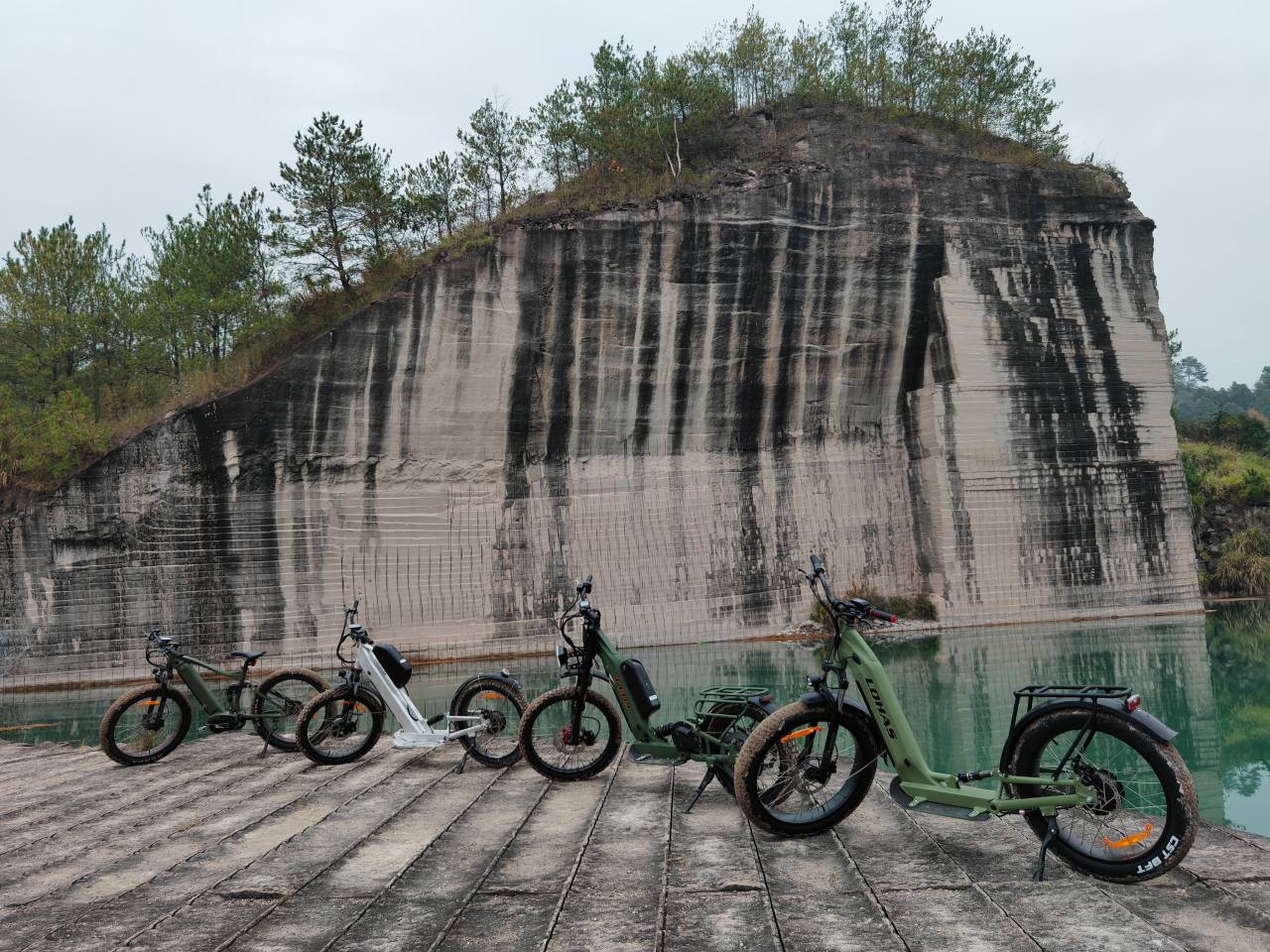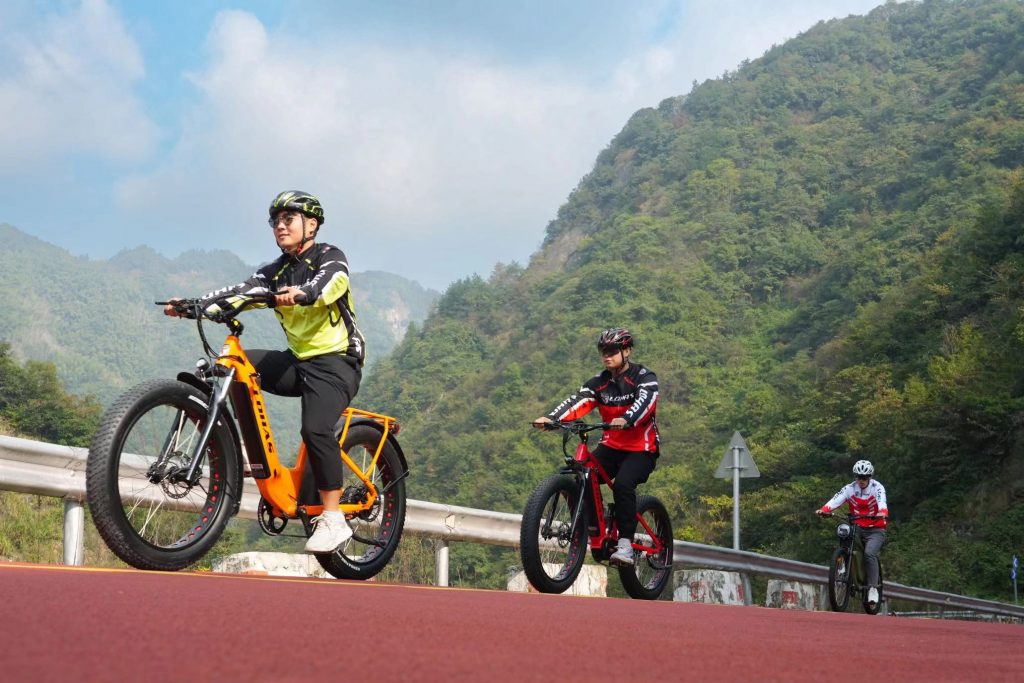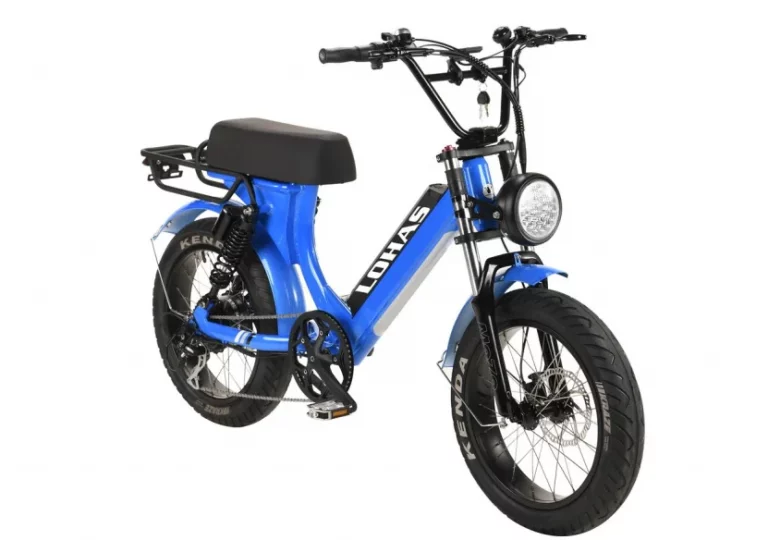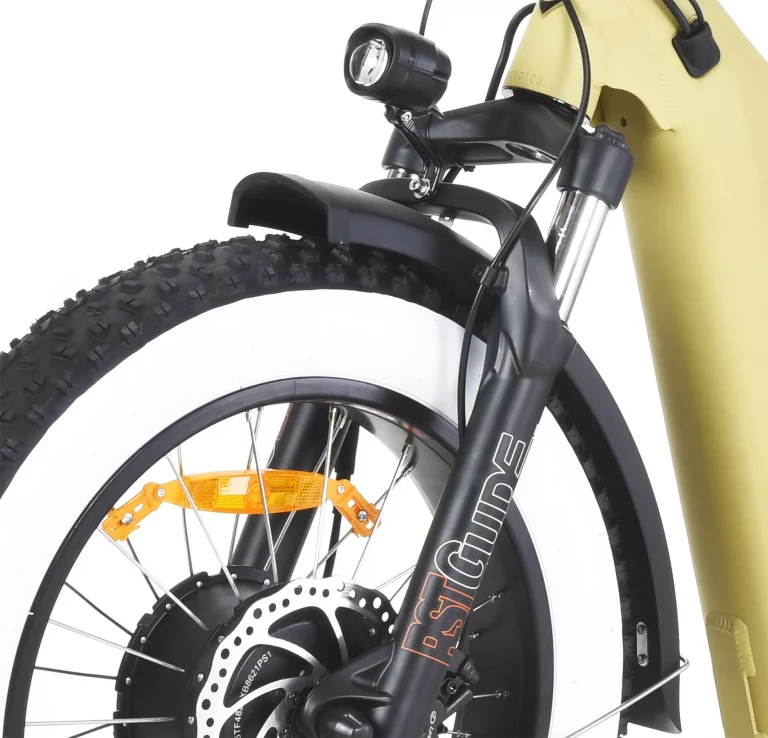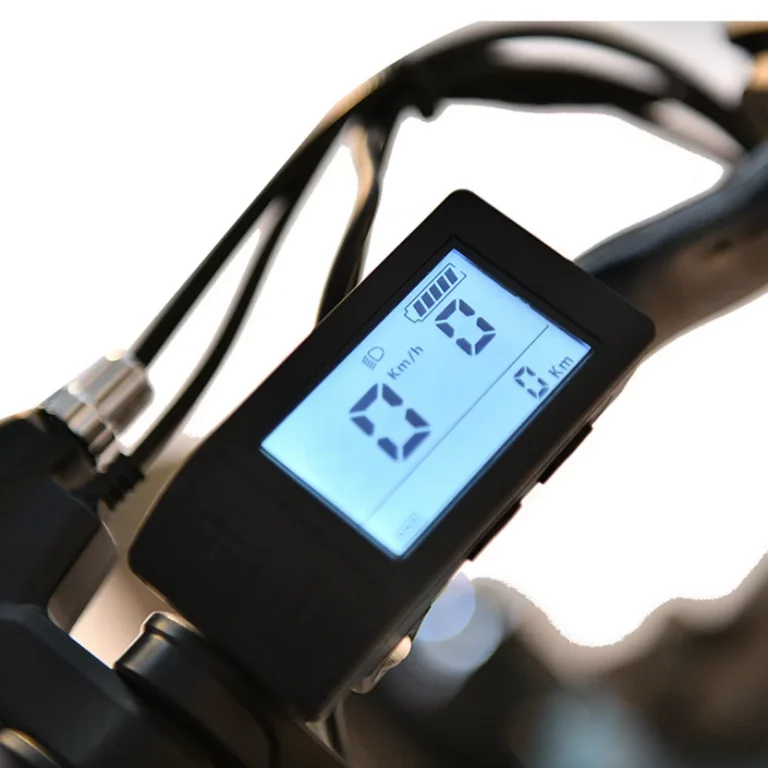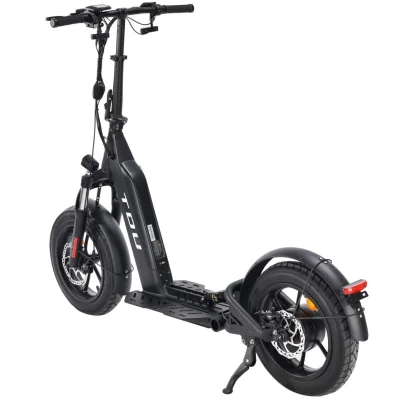Electric mountain bikes, often referred to as e-MTBs, are bicycles equipped with an integrated electric motor which can be used to aid propulsion. They combine the robust design of traditional mountain bikes with the added assistance of electric power to make challenging terrains more accessible. Designed for off-road biking, e-MTBs come with features such as durable frames, advanced suspension systems, and powerful motors. This combination allows riders to conquer steep climbs and rough trails with greater ease, thus expanding the range of biking experiences and destinations.
Evolution and Technology Advancements
The evolution of electric mountain bikes has been rapid and impressive. Early models were heavy and had limited battery life, but advances in technology have brought significant improvements. Modern e-MTBs feature lightweight materials like carbon fiber, high-capacity lithium-ion batteries, and efficient brushless motors. Innovations such as regenerative braking systems, integrated GPS, and smart connectivity for performance monitoring have revolutionized the way riders engage with their bikes. These technological advancements not only enhance the performance and reliability of e-MTBs but also contribute to a more exhilarating and sustainable riding experience.
Environmental Benefits of Electric Mountain Bikes
Electric mountain bikes offer several environmental benefits, making them an attractive option for eco-conscious adventurers. By using an electric motor to assist pedaling, e-MTBs reduce the physical strain on bikers and promote longer rides. This increased usage helps to decrease reliance on fossil-fuel-powered vehicles, thereby reducing carbon emissions. Additionally, the reduced physical effort required for commuting allows more people to use bicycles as a viable alternative to cars, cutting down on traffic congestion and pollution. The quiet operation of e-MTBs also minimizes noise pollution, preserving the tranquility of natural environments.
The Appeal of Ebike Racing
Why Choose Ebike Racing?
Ebike racing is gaining popularity due to the unique challenges and thrills it offers. Unlike traditional mountain biking, e-MTB racing involves not only physical prowess but also strategic use of the bike’s electric assist features. Racers need to effectively manage battery life, optimize power usage, and adapt quickly to varying terrain types. This combination of physical exertion and technical skill results in a dynamic and engaging racing experience. For participants and spectators alike, e-MTB racing provides an adrenaline-pumping spectacle that is both exciting and accessible to riders of different skill levels.
Comparing Traditional and Electric Mountain Bike Racing
While traditional mountain bike racing focuses purely on human-powered endurance and skill, ebike racing introduces a new dimension with its electric assist technology. Both forms of racing require similar skills such as balance, speed, and agility; however, e-MTB racing demands additional competencies like power management and technical troubleshooting. Additionally, the presence of an electric motor can level the playing field, enabling riders with different physical capabilities to compete on more equal terms. This inclusivity enhances the sport’s appeal and opens up competitive mountain biking to a broader audience.
Preparing for an Ebike Race
Essential Gear and Equipment
Necessary Protective Gear
Safety is paramount in any form of racing, and e-MTB racing is no exception. Riders must equip themselves with high-quality protective gear to minimize the risk of injuries. Helmets specifically designed for mountain biking are essential, providing enhanced coverage and impact protection. Additionally, full-finger gloves, knee and elbow pads, and padded shorts are crucial for safeguarding against falls and collisions. It’s also advisable to wear protective glasses or goggles to shield the eyes from debris and varying weather conditions. Investing in top-tier protective gear can make a significant difference in ensuring a safe and enjoyable racing experience.
Selecting the Right Electric Mountain Bike
Choosing the right electric mountain bike is a pivotal step in preparing for an e-MTB race. Factors to consider include motor power, battery capacity, and overall bike weight. A higher power motor can offer better performance on challenging terrains, while a higher capacity battery ensures longer ride times without frequent recharges. It’s also important to select a bike with a robust suspension system to handle rough trails effectively. Additionally, frame size and geometry should complement the rider’s physique to ensure optimal comfort and control. Testing different models and seeking expert advice can help in making an informed decision tailored to individual racing needs.
Training Tips for Aspiring Racers
Aspiring e-MTB racers must adopt a comprehensive training regimen to hone their skills and build endurance. Begin by incorporating a mix of cardio workouts and strength training to build overall fitness. Practicing on different terrains, such as rocky paths and steep inclines, can improve technical skills and adaptability. Riders should also focus on mastering the bike’s electronic assist modes to strategically manage power output during races. Joining local clubs or groups can provide valuable peer support and insights, leveraging the collective knowledge and experience of seasoned riders.
Key Challenges in Ebike Racing
Terrain and Environmental Factors
Ebike racing in mountainous regions offers breathtaking vistas but comes with numerous challenges. Riders must navigate diverse terrains, from loose gravel and steep ascents to muddy trails and sharp descents. Weather conditions can add another layer of complexity, with rain making trails slippery, and intense sunlight causing fatigue and dehydration. Additionally, altitude changes can impact physical performance and require strategic pacing. Therefore, racers need to prepare for these environmental factors by regularly training under varying conditions and equipping themselves with appropriate gear.
Technical Fails and How to Avoid Them
Technical issues, such as battery malfunctions, motor overheating, or electronic system failures, can significantly impact race performance. Preventative measures, including pre-race bike checks and regular maintenance, are essential to mitigate these risks. Familiarizing oneself with basic troubleshooting techniques and carrying essential repair tools can be crucial during a race. Having a comprehensive understanding of the bike’s electronic systems can also allow riders to make real-time adjustments, ensuring uninterrupted performance.
Physical and Mental Endurance Required
E-MTB racing demands not just physical stamina but also mental resilience. Riders must maintain high levels of concentration to navigate difficult trails and make split-second decisions. Prolonged periods of physical exertion can lead to fatigue, impacting both cognitive and motor functions. Developing a balanced training routine that includes mental conditioning techniques such as visualization and mindfulness can enhance focus and endurance. Building a positive mindset and learning stress management strategies can also provide a competitive edge during challenging races.
Safety Measures for Ebike Racers
Pre-Race Safety Checks
Conducting thorough pre-race safety checks is essential to ensure the optimum functionality of the bike and rider safety. This includes examining tire pressure, brake responsiveness, and suspension settings. Ensuring the battery is fully charged and securely mounted is equally important. Checking the functionality of electronic assist systems and calibrating performance settings can prevent mid-race technical issues. Additionally, verifying that all protective gear is in good condition and fits well can dramatically reduce the risk of injuries.
On-Track Safety Guidelines
Adhering to on-track safety guidelines is crucial for a secure racing experience. Racers should maintain safe distances from other participants to prevent collisions and allow for emergency maneuvers. Observing track markers and complying with race officials’ instructions can mitigate the risk of accidents. Riders should also be mindful of their physical limits, taking breaks if necessary to avoid overexertion. Keeping hydrated and maintaining communication with support teams can further enhance overall safety.
The Future of Ebike Racing in Mountains
Innovations on the Horizon
The future of e-MTB racing is poised for exciting innovations that could redefine the sport. Advances in battery technology are expected to yield lighter, more powerful units with extended life spans, enabling longer and more challenging races. Developments in AI and machine learning could lead to smart assist systems that dynamically adjust power output based on real-time trail conditions and rider performance. Additionally, augmented reality (AR) could enhance training programs, offering immersive simulations of race environments for practice sessions.
Potential Growth in Popularity
Ebike racing is on a trajectory for substantial growth in popularity, driven by its inclusive nature and thrilling appeal. Increased media coverage and the establishment of international racing circuits could attract a larger audience. The development of community events and amateur races can foster grassroots participation, encouraging more individuals to take up the sport. With continued technological advancements and a growing emphasis on eco-friendly recreation, e-MTB racing has the potential to become a mainstream outdoor activity.

